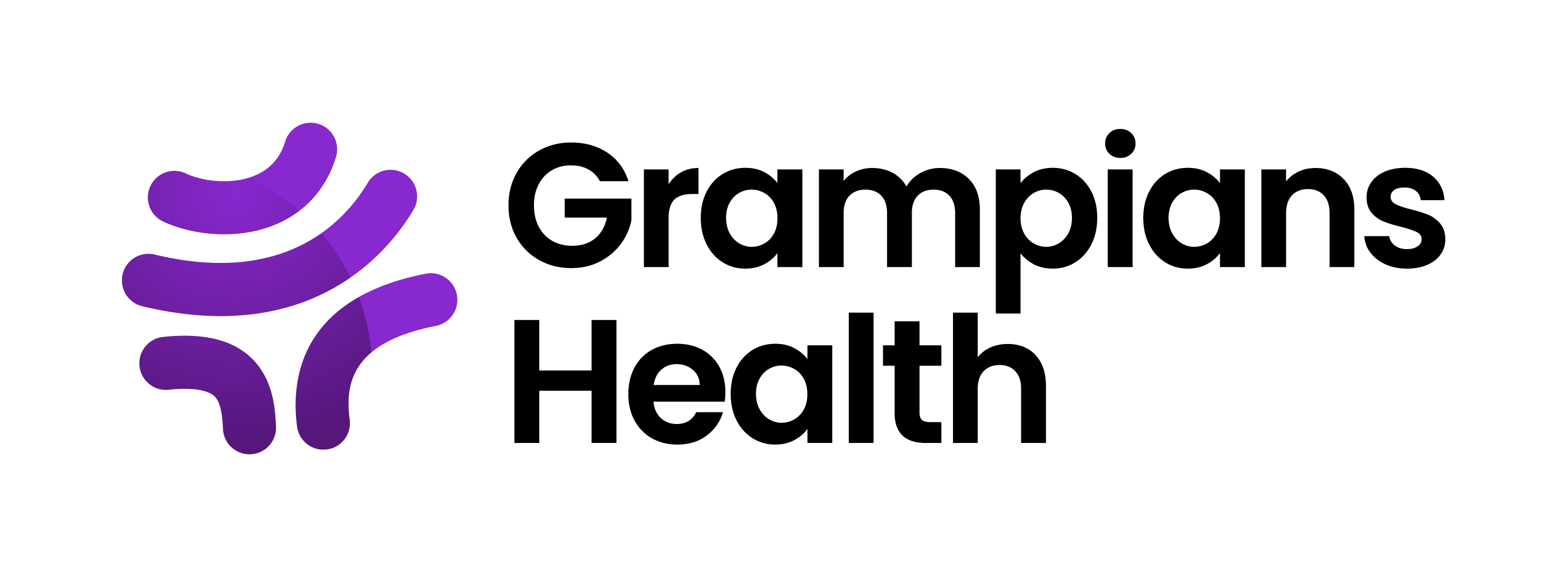Please use this identifier to cite or link to this item:
http://hdl.handle.net/11054/1802| Title: | Creating a useful and sustainable Allied Health activity dashboard. |
| Author: | Trevena, T. |
| Issue Date: | 2021 |
| Conference Name: | 14th National Allied Health Conference (NAHC) |
| Conference Date: | August 9-12 |
| Conference Place: | Online |
| Abstract: | Background: The Allied Health Activity Dashboard evolved rapidly due to several concurrent expectations and concerns being placed on the service. These included our service purchasers not knowing if they were getting ‘what they paid for’, our team members not consistently recording their workforce/daily/clinic activity, and the existing reporting files requiring high-level excel knowledge, with several (likely) corrupt calculator files being used throughout the process. In order to advocate for more allied health staff, we needed a more efficient, accurate and useful tool to demonstrate who was working where, and where we meeting targets. Method of project implementation: Implementation of the project, and resulting dashboard has been multi-factorial as there were several system, human, information technology and cultural aspects to analyse, consider, update and implement. The overall project was given a timelines (almost a year), with activity ‘clustered’ into similar bite-sized activities. Analysis, collaboration with key system-level teams, clinical champions and training were the key factors for success. Project results: The project has resulted in one standardised, automatically populated dashboard. Key Performance Indicators (KPIs) such as time or occasions of service are all mapped to disciplines, as well as at the team-level. New definitions, processes, manuals and training have been implemented, models of care have, and will continue to be reviewed, errors are reported and corrected, and the clinicians are better at capturing their work. Outcomes and implications: The Allied Health team, and in particular, its leadership team now have clean data; a consistent set of expectations and rules to follow for data management; a commitment to improving efficiencies and workforce utilization; and we now have a way to identify if we are over or under-serving our service purchasers (through the KPIs). The new level of transparency has its own risks, and is now the focus of the leadership team. |
| URI: | http://hdl.handle.net/11054/1802 |
| Internal ID Number: | 01753 |
| Health Subject: | ALLIED HEALTH ACTIVITY DASHBOARD DATA ANALYSIS DATA MANAGEMENT |
| Type: | Conference Paper |
| Appears in Collections: | Research Output |
Files in This Item:
There are no files associated with this item.
Items in DSpace are protected by copyright, with all rights reserved, unless otherwise indicated.
